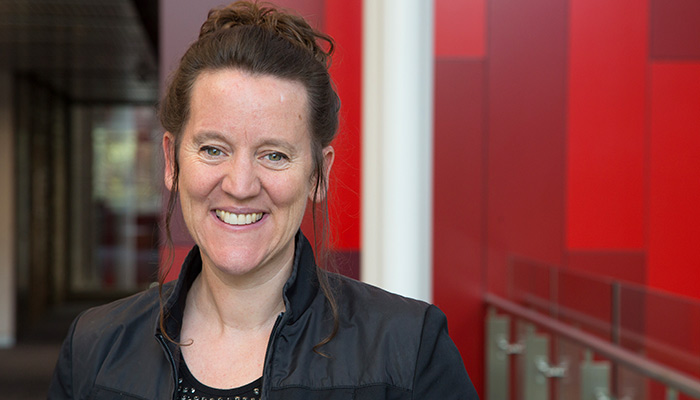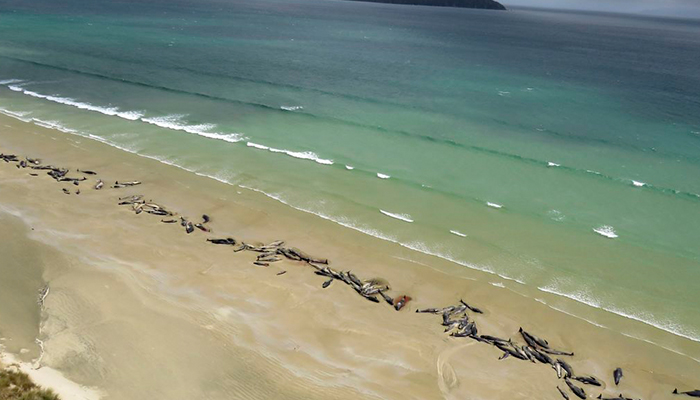The scale of natural disasters that have hit the Indonesian island of Sulawesi, one after another, over the past month, have turned the area into a catastrophic disaster site.
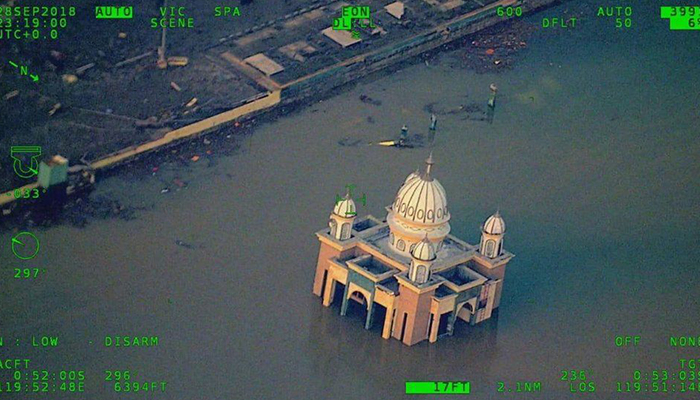
Disaster and destruction: Many buildings in the coastal city of Palu were left under water following the tsunami.
First, a series of powerful earthquakes – one rated 7.5 in magnitude – hit the island, triggering three tsunami waves which reached up to six metres high on shore within 11 minutes, destroying coastal homes and infrastructure.
The island’s tsunami early warning system – meant to prompt sirens and text messages – failed but given the proximity of the earthquake, there would have been little time for residents to head to higher ground.
The earthquakes sparked even more destruction through "liquefaction" of soil, which swallowed buildings in the city of Palu. The death toll has already climbed beyond 1,400 people.
Four days later, the nearby active volcano Mount Soputan erupted, spewing a column of ash that fell more than four kilometres from the eruption site.
It’s early days, says Macquarie Research Fellow Andrew Gissing, but the sheer scale of Sulawesi’s disaster likely qualifies it as a "catastrophe" – an event that overwhelms available resources and has multiple severe impacts.
Research being conducted through the Bushfire and Natural Hazards Cooperative Research Centre and recently presented at the 2018 Australasian Fire and Emergency Services Council conference by Gissing and Michael Eburn from ANU, explored responses to catastrophic events.
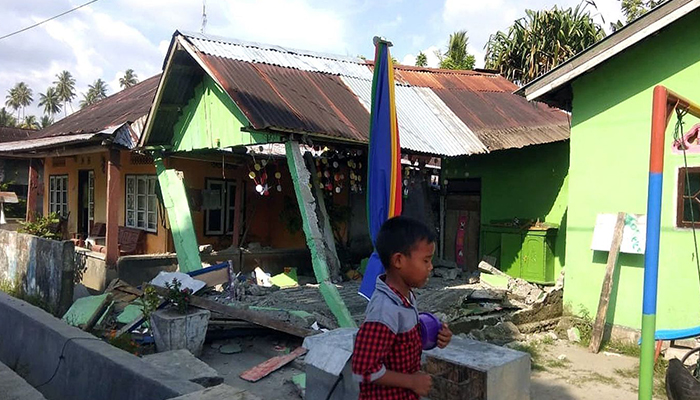
The aftermath: Homes were badly damaged in Donggala after the region was rocked by the magnitude 7.5 earthquake.
Gissing says that disaster researchers will be keeping close watch on the situation in Indonesia, taking lessons from their emergency responses to inform future recommendations.
“The one thing that’s greatly hindered emergency response in this situation, is the damage to infrastructure like roads and airports,” says Gissing.
In these instances, communities must work together to help each other, rescuing people buried by earthquakes and landslides and giving first aid to people who have been injured, he says.
Authorities in Indonesia are struggling to get aid and resources to outlying disaster-struck communities, he says. “Our research is showing how important ‘initial prioritisation’ is in these scenarios.”
- Late bushfire season and extreme heat put pressure on resources
- Drivers risk death when driving into flood water: new study
Multiple aid organisations pop up, he says; following Hurricane Katrina, for example, there were hundreds of organisations offering assistance and it can be very difficult for authorities to have any handle on the response and manage it effectively.
“That’s why you need a central plan that defines what the priorities are so that everyone is working towards a common goal, which is well-defined.” Scalable emergency management arrangements are key, he adds.
In the aftermath of catastrophe, protecting lives and treating sick and injured people is paramount – followed by restoration of infrastructure. “Until you restore key infrastructure like airports and roads, you can't get the additional resources you need to the places where they are going to help the relief effort,” Gissing says.
Catastrophe in Australia
The researchers note that Australia has gaps in its own ability to respond to catastrophe and that no Australian emergency manager is likely to have experience of disaster on this scale within Australia.
The two major disasters that have come closest to reaching catastrophic scales by overwhelming authorities’ ability to respond in Australia’s postcolonial history are the Spanish flu outbreak after World War One, and Cyclone Tracy in Darwin in 1974.
Planning for catastrophe involves imagining worst-case scenarios, Gissing says; and there are some well-known risks to Australia that have been identified.
Catastrophe scenarios that occur more often than once in 500 years include extraordinary floods, widespread bushfires, tsunami, cyclones, pandemics, infrastructure failures and heatwaves; and there are plenty of examples of how these could become catastrophic in scale.
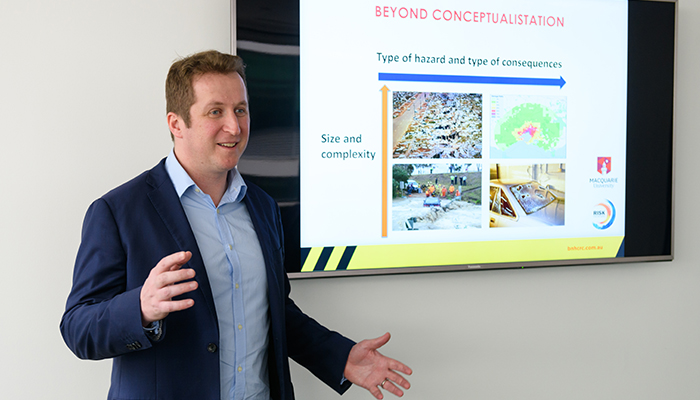
Rapid response: Emergency services will be able to respond much more quickly if catastrophe plans are well-organised, says Gissing.
“For instance, in 1867, flooding in the Hawkesbury-Nepean area flooded almost two-thirds of NSW; and in the next 30 years we’ll have about 250,000 people living in flood plain areas in Western Sydney,” says Gissing.
Other scenarios involve a tropical cyclone hitting a city like Brisbane or a large plane crash in a remote area of Australia.
Less likely scenarios include large earthquakes and global volcanic mega-eruptions; but there’s general agreement that a catastrophic-scale disaster in Australia is inevitable over time.
Culture of emergency services needs to change
It is impossible for governments to maintain standing armies to respond to the low probability of catastrophe. Most Australian emergency services are focused on responding to regular threats like local fire and floods, says Gissing.
But the structure and forms of emergency response must change when the scale is magnified, he explains.
“When a catastrophic event happens, you need an approach that takes the whole community into account,” says Gissing. “But for this to happen, we need to change the levels of community apathy and change the culture of emergency services.”
Catastrophe plans need to be concise, simple and flexible and give decision-makers authority, he says.
The initial response and relief priorities should be listed in the plans so that organisations can get straight to work in supporting communities.
“Emergency services also need to consider altering service delivery models to maximise their resources and recognise the role of community members as first responders.”
He gives an example.
“If you’ve got 50 firefighters and 500 people to rescue, it’s not the best use of resources to have those 50 firefighters rescue 10 people in crisis. It’s far better that those 50 professionals team up with 500 people from the community, to lead them and share their expertise.”

